(800) 748-5647
(800) 748-5647

Grid Mats for Horse Stalls - Paddock Slab The Grid Mats for Horse Stalls are the ideal solution for alleviating muddy stalls. The grids provide a s...
View full details Sold out
Sold out
Horse Stall Mat Model: MAR6230 Brand: Humane Size: 4' x 6' Thickness: 3/8" Edge: Straight Surface Texture: Button Square Feet Per Mat: 24 Colo...
View full details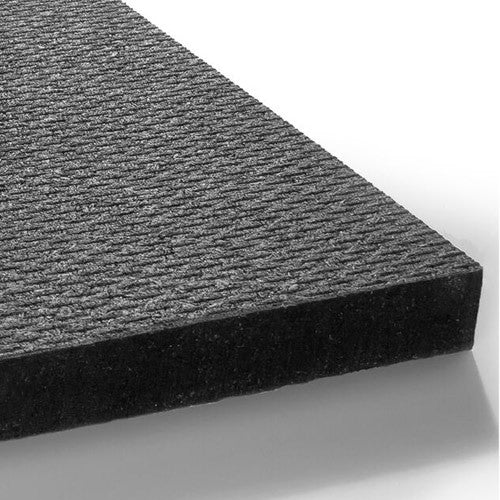 Sold out
Sold out
Horse Stall Mat Model: MAR7300 Brand: Humane Size: 4' x 6' Thickness: 3/8" Edge: Straight Surface Texture: Diamond Square Feet Per Mat: 24 Colo...
View full details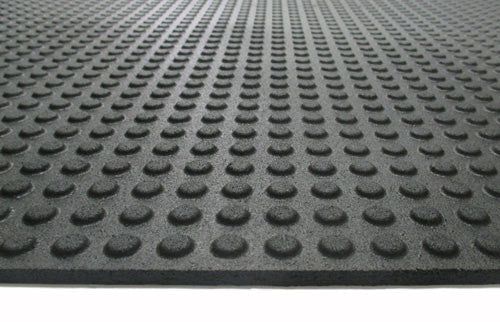 Sold out
Sold out
Horse Stall Mat Model: MAR6330 Brand: Humane Size: 4' x 6' Thickness: 1/2" Edge: Straight Surface Texture: Button Square Feet Per Mat: 24 Colo...
View full details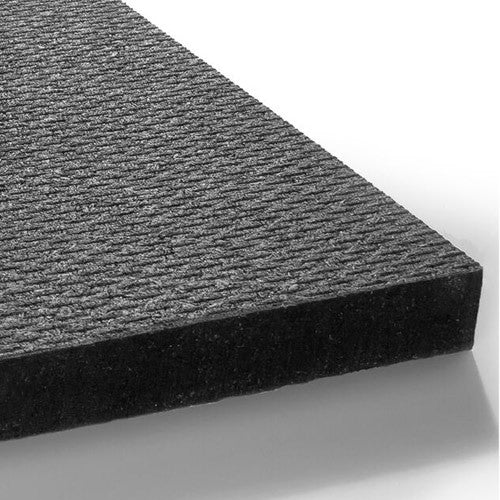 Sold out
Sold out
Horse Stall Mat Model: MAR7230 Brand: Humane Size: 4' x 6' Thickness: 1/2" Edge: Straight Surface Texture: Diamond Square Feet Per Mat: 24 Col...
View full details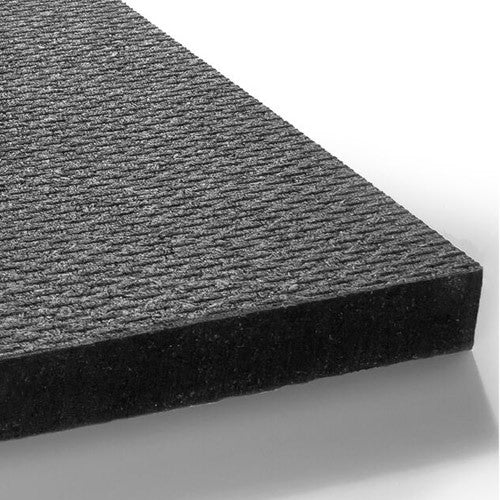 Sold out
Sold out
Horse Stall Mat Model: MAR7240 Brand: Humane Size: 4' x 6' Thickness: 3/4" Edge: Straight Surface Texture: Diamond Square Feet Per Mat: 24 Colo...
View full details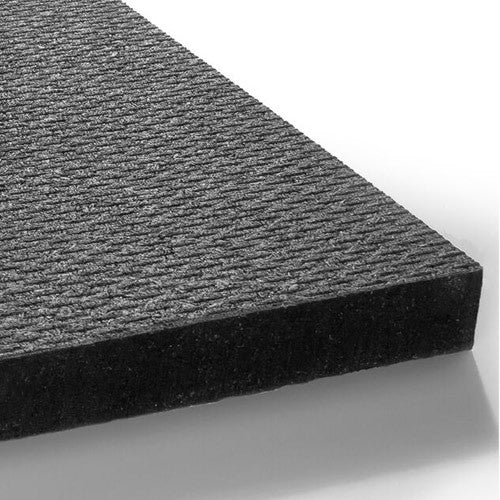 Sold out
Sold out
HORSE STALL MAT - 4' X 5' - 3/4" Thick Model: MAR7242 Brand: Humane Size: 4' x 5' Thickness: 3/4" Edge: Straight Surface Texture: Diamond Square...
View full details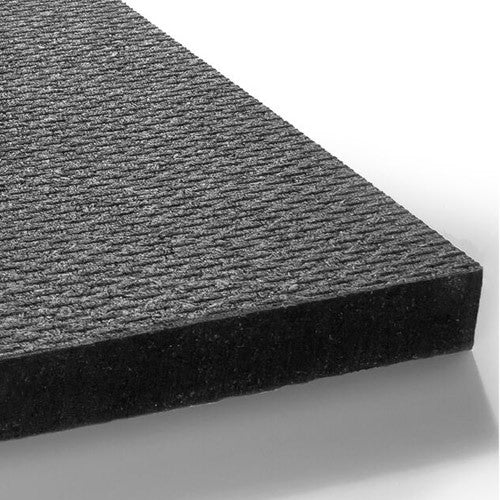 Sold out
Sold out
Horse Stall Mat Model: MAR7199 Brand: Humane Size: 4' x 5.5' Thickness: 3/4" Edge: Straight Surface Texture: Diamond Square Feet Per Mat: 22 C...
View full details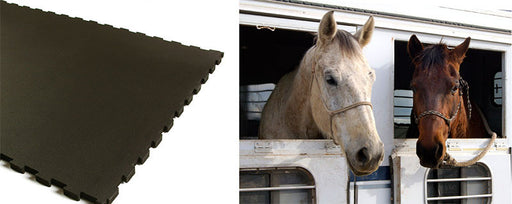 Sold out
Sold out
Horse Trailer Mat Kit Model: MAR0608-50 Brand: Humane Kit Size: 6' x 8' (Actual Size = 6'x 7'11"x 1/2") Number of Mats Per Kit: 2 Thickness: ...
View full details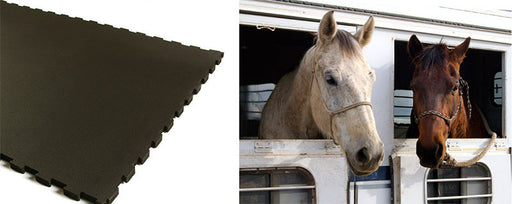 Sold out
Sold out
Horse Trailer Mat Model: MAR0610-50 Brand: Humane Kit Size: 6' x 10' (Actual Size = 6'x 9'10"x 1/2") Number of Mats Per Kit: 3 Thickness: 1/2...
View full details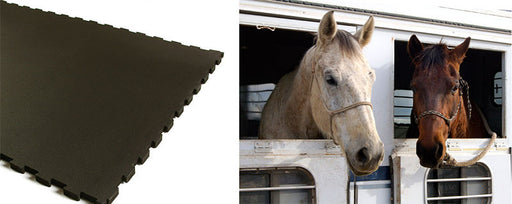 Sold out
Sold out
Horse Trailer Mat Kit Model: MAR0612-50 Brand: Humane Kit Size: 6' x 12' (Actual Size = 6'x 11'10"x 1/2") Number of Mats Per Kit: 3 Thickness...
View full details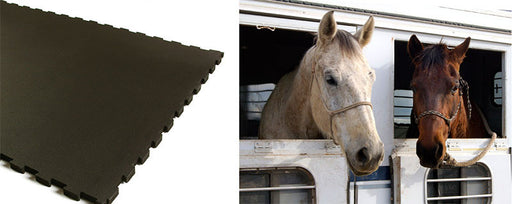 Sold out
Sold out
Horse Trailer Mat Kit Model: MAR0614-50 Brand: Humane Kit Size: 6' x 14' (Actual Size = 6'x 13'9"x 1/2") Number of Mats Per Kit: 4 Thickness:...
View full details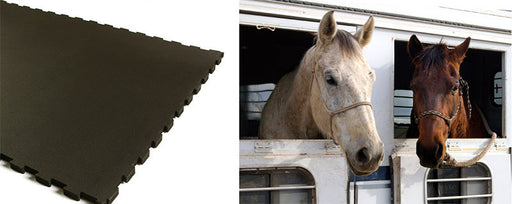 Sold out
Sold out
Horse Trailer Mat Kit Model: MAR0812-50 Brand: Humane Kit Size: 8' x 12' (Actual Size = 7'11"x 11'11"x 1/2") Number of Mats Per Kit: 4 Thickn...
View full details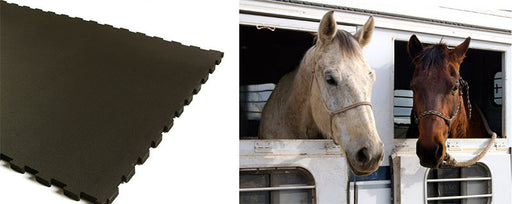 Sold out
Sold out
Horse Trailer Mat Kit Model: MAR0814-50 Brand: Humane Kit Size: 8' x 14' (Actual Size = 7'11"x 13'9 5/8"x 1/2") Number of Mats Per Kit: 6 Thi...
View full details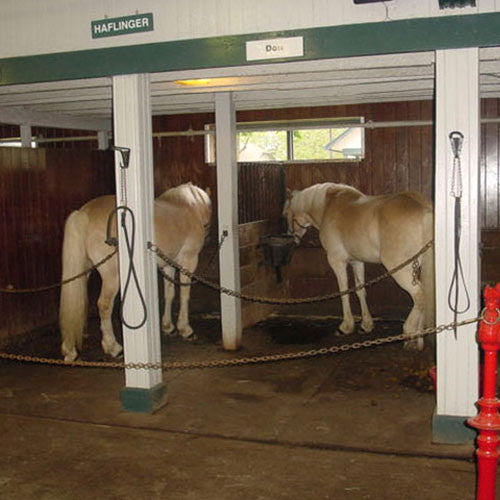 Sold out
Sold out
Horse Stall Mat Model: MAR0812-75 Brand: Humane Kit Size: 8' x 12' (Actual Size = 7'11" x 11'10 1/4") Number of Mats Per Kit: 4 Thickness: 3/4"...
View full details Sold out
Sold out
Horse Stall Mat Model: MAR1010-75 Brand: Humane Kit Size: 10' x 10' (Actual Size = 9'10" x 9'10 7/8") Number of Mats Per Kit: 6 Thickness: 3/4"...
View full details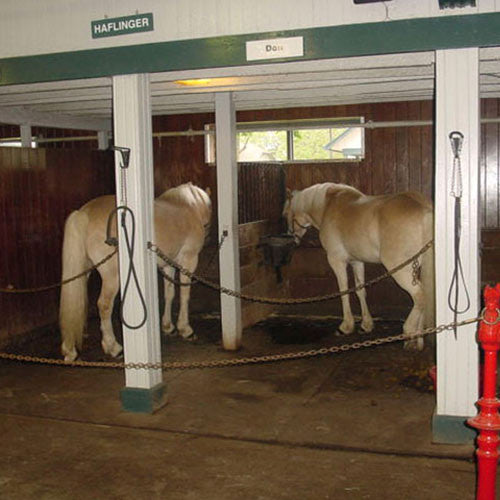 Sold out
Sold out
Horse Stall Mat Model: MAR1012-75Brand: Humane Kit Size: 10' x 12' (Actual Size = 9'10 5/8" x 11'10") Number of Mats Per Kit: 5 Thickness: 3/4" ...
View full details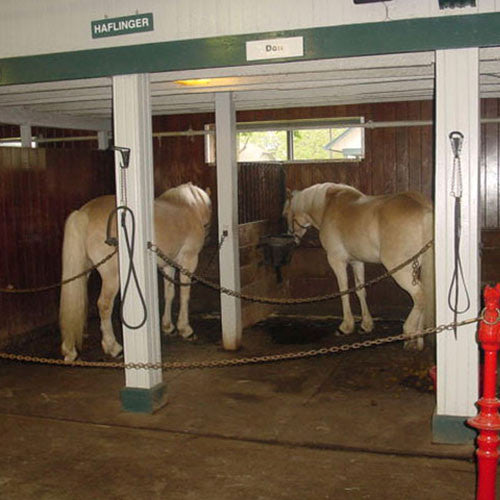 Sold out
Sold out
Horse Stall Mat Model: MAR1212-75 Brand: Humane Kit Size: 12' x 12' (Actual Size = 11' 10" x 11' 10 1/4") Number of Mats Per Kit: 6 Thickness: 3...
View full details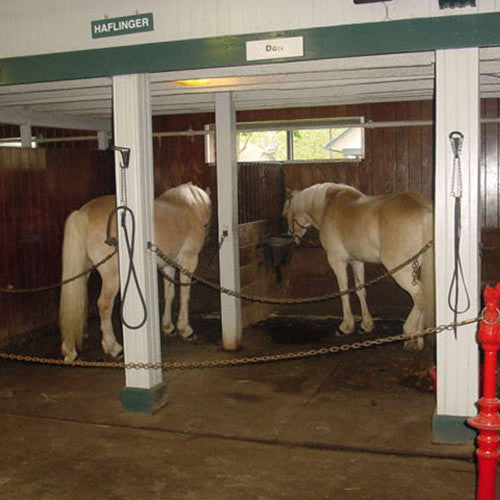 Sold out
Sold out
Horse Stall Mat Model: MAR1214-75 Brand: Humane Kit Size: 12' x 14' (Actual Size = 11' 10" x 13'9") Number of Mats Per Kit: 8 Thickness: 3/4" E...
View full details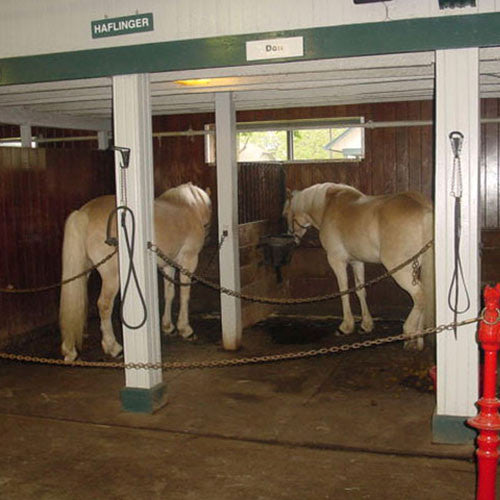 Sold out
Sold out
Horse Stall Mat Model: MAR1216-75 Brand: Humane Kit Size: 12' x 16' (Actual Size = 11' 10" x 15'9") Number of Mats Per Kit: 8 Thickness: 3/4" E...
View full details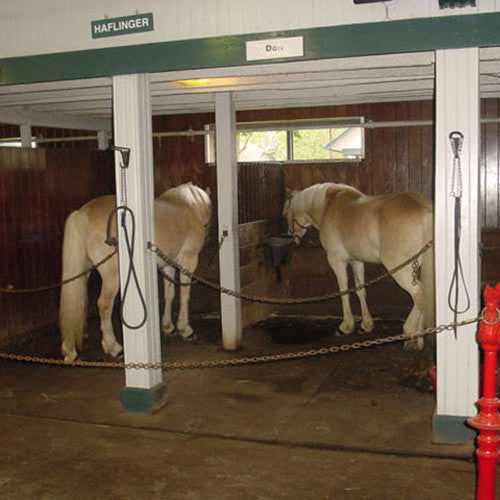 Sold out
Sold out
Horse Stall Mat Model: MAR1414-CD Brand: Humane Kit Size: 14' x 14' (Actual Size = 13'9" x 13'9") Number of Mats Per Kit: 10 Thickness: 3/4" Ed...
View full details Horse Stall Mats |
Horse Stall Flooring Considerations
Horses stand most of the day and evening and if you want your horse to remain healthy and happy, you should pay attention to the ground he or she stands on. Horses prefer to stay dry, have a room temperature environment, have a surface that is resilient and doesn't send off bad odors. For whatever hours he or she is in his stall, your horse is in constant contact with the stall floor and the better the floor meets equine standards, the happier they will be.
You need to consider the negative effects poor flooring is creating. If the flooring is cold it can draw heat away from your horses' legs and if they lie down, heat is being drawn from their bodies. Urine soaked surfaces can very easily lead to thrush and serious respiratory problems from breathing in the ammonia vapors.
Also, if the floor is hard and unyielding, it can cause scrapes on their legs when lying down or standing up and, if your horse has slight arthritis, this could make his or her condition worse. In some cases, bedding can alleviate some of the hardness but the flooring itself is the main problem and needs to be addressed. You can probably find a copy of the Equinomics Oct. 1996 online for further information on proper bedding.
Whether your are overhauling an existing stall or building a new one, there are many floor surfaces to take into consideration.
The Surfaces Under Their Hooves:
A proper stall flooring should be constructed in layers. The top surface will take the most abuse due to your horse's weight and will contribute to his or her level of comfort. But, it doesn't stop there, the sub-floor below the upper level will also contribute to their health and comfort that needs to be addressed.
Natural Sub-Floor Materials:
Natural sub-floor surfaces consist of mineral, earthen and wood materials. Typical earthen surfaces are made up of dirt and clay though in older barns you might see sod, turf or various ground materials held together with matted roots of grass.
One of the most popular choices for surfaces consist of crushed rock such as limestone or decomposed granite. These rocks are processed into finer stone and because they are porous they promote good drainage. Crushed rocks are often referred to as aggregate which is a mineral product used in making concrete. Contact a local rock supplier in your area for the availability of these materials.
The problem with using dirt is that it gets packed down and makes for a very hard surface. Floors and sub-floors consisting of subsoil or clay do not offer any cushioning whatsoever and horses will use their hooves to dig at the soil to break it up.
Horses will generally urinate in the same place each time. With a dirt floor you will have to dig up the urinated area, causing a hole in the floor. If you simply use bedding material to fill in the whole, it won't solve the problem because your horse can smell it at a higher intensity and return to that spot.
Wood is often used for flooring that are in the form of thick planks or boards. Although some people prefer wood that is set on a bed of gravel, for drainage purposes, the wood can become slippery when wet.
Building Your Sub-Floor:
Man made products such as concrete and asphalt are often used in stalls. Concrete is normally used for foundations while asphalt is commonly used for road surfaces and if used in stalls should only be applied to sub-floors, because even though they are durable they are also very unyielding.
When preparing your sub-floor, you must make sure the floor is a completely level and offers a hard surface. The dirt or crushed rock must be firm and packed so talk with a landscaper for proper tamping and rolling the layers of decomposed granite. You want to start only after you have excavated the stall area so you will be able to build up the sub-floor from 3 to 5 inches in thickness. If you create the sub-floor to 3 inches, you will need approximately 1-1/3 cubic yards of decomposed granite.
Your first layer of decomposed granite should be approximately 1-1/2 inches and soaked with water then compacted with a heavy roller. At this point you need to let it set for approximately 8 hours before adding the next layer. Repeat all the same steps for both the second and third layers, at which point you should have a 3 inch surface. If you want 5 inches, continue with two more layers. Making sure your layers are properly thin, you should have a complete sub-floor that is compact and properly packed.
It is of the utmost importance that all levels of the sub-floor and the top floor are perfectly level. A flat floor will protect your horse from unneeded stress on his forelegs. If your horse is constantly standing on an uneven floor, it will lead to leg and back problems down the road.
 Horse On Stall with Rubber Mat |
Best Materials For The Next Step:
You need to choose a good product to place on top of the sub-floor that are constructed for your horse's comfort. Rubber and plastic flooring are considered the carpet in your barn. They are manufactured as mats, interlocking tiles or modular materials that are very safe and provide an excellent level of comfort.
Rubber mats are one of the most popular choices for both older and newer barns. They are butted together, tightly, and covers wall to wall. The edges are cut at a 90 degree angle for tight seams. Most mats are molded from recycled tires that have been processed through re-vulcanization. The quality of the materials, the bonding methods and designs depend on the brands. After the tires are ground up, virgin rubber is put back in when remolding. How much virgin rubber is put in will dictate the quality of the mat and how well the the old tire cords and wire were separated. Rubber mats can also be reinforced with vinyl.
Most mats are molded to three-quarter of an inch in thickness. The rubber offers a comfortable and resilient surface and will reduce dust in the stall when placed over crushed rock or soil. The dampness and coldness of the ground will not penetrate through the mats. This will prevent future arthritis of the joints vs standing on dirt and it will also reduce a horse's habit to stock up. If your horse is staying in their stall for longer hours due to hot temperatures, stocking up can occur. Therefore, they should have a surface that will cut down on the possibility of swollen hind legs.
Higher quality mats are textured on the top to provide better traction where smoother surfaces can become slippery, especially when they get wet. The mats should also be grooved or corrugated underneath to provide good drainage and prevent curling.
A company that designs matting for dairies has shown that rubber mats are extremely popular within the dairy industry. They have installed over 50,000 mats in dairy barns and have started selling a 2 inch thick mat for equestrian use. The benefits of thicker mats are currently being researched in tests performed by two universities in the United States and Canada.
Newer flooring designs are molded from plastic and are available in rolls or in interlocked tiles. These flooring designs have perforated surfaces for good drainage. The grid design allows fluids to soak past the plastic through the sub-floor.
Manufacturers have shown the benefits of the product being light weight, durable and will stabilize the ground on a level plane. Plastic systems currently on the market include a one piece polyethylene sheeting, this is polymerized ethylene resin. An extruded (or forced out) product is composed of strings of polyvinyl chloride bonded by heat pressure, this is a thermoplastic resin.
 Horse Stall Mat Surfaces |
How Thick Or Thin – How Packed Or Porous Should Mats Be?
Traditional rubber mats are three-quarters of an inch thick and either placed over a hard sub-floor of concrete, over dirt or crushed rock. Newer plastic products are thinner from one-quarter to one-half inches.
Thicker layers are more dense and heavier materials. Rubber mats lie quite flat and won't move though softer mats can wear out much faster.
Another controversial issue is controlling urine in the stall. Should you have the urine drain into the earth, away from the horse or trap it on the top so it can be absorbed into bedding that can be disposed of? No matter what your preference, you want your stall dry, clean and odor-free for your horse's comfort and well being.
With a mat, the urine will pool or soak into the shavings. You will have to remove the urine on a regular basis. Some people feel that urine confined on a mat causes for a much higher level of orders and can lead to respiratory problems with their horse.
As a plastic grid is a more open design, urine will flow through into the ground away from the horse. If set on a sub-floor or crushed rock the urine should be taken away from the horse and its textured surface will not become slippery.
A crushed rock sub-floor will neutralize the urine smell but you should use a disinfectant regularly to control the odor. There are various disinfectants that are excellent including Tek-Trol disinfectant or B.E.S.T's odor control product for PVC stall matting. It's water-based enzyme eliminates the odors vs masking it. You can also saturate the sub-floor before installation of the matting and then re-apply later on in intervals.
Critics and supporters debate thick or thin, porous or packed constantly. The decision should rest on what's best for the horse and his environment. Manufacturers promote their different product designs, while mat companies say rubber mats are nonabsorbent, but are easily disinfected.
Critics of mats say the urine seeps through the rubber and soaks under the mat then ends up on the seams causing a strong ammonia smell. An alternative is the interlocked mat design that fits together like a puzzle and deters seepage.
Some people believe that when using mats, the ground should be disinfected and the only way to accomplish that is to pry up the mats which are very difficult to lift and move, due to their weight. Mats that are placed on concrete sub-floors might not have to be moved, simply washing them can flush away and orders caused by seepage.
Meanwhile, critics of plastic flooring believe the sub-floor cannot drain the urine away causing the soil to remain wet. The difference is, the plastic grids do not have to be moved because you can disinfect the ground directly through the mat.
Ms Pearson, of Goundmasters, referred to her product as a natural choice, stating "a soil stabilization system. You can put in a better ground than normal. If your barn is in a clay area that doesn't drain, you can drill holes with an auger and put in stone or limestone screenings. Liquid will seek the lower ground, go down in holes, and disperse. The liquid leaches into the ground." Her product was tested by the University of Florida and you can read the results at her site: www.groundmasterequine.com
Cost Efficient vs Cheap:
If you choose to go with a cheap material, down the road it's going to cost you quite a bit more. You will be constantly removing and re-adding bedding or rebuilding the floors your horse has damaged.
If you decide to stay with dirt or crushed rock for your main floor, the surface can become unlevel. That will lead to excavating, adding new materials and leveling the floor. Unlevel floors will increase the cost of bedding as well as taking its toll out on your horse's limbs and back. You will also be spending a great deal of money to fill in holes.
There are those who will opt for cheaper materials such as cattle mats or even installing conveyor belts in their horse barn! Instead of using such cheap materials, you might only need two large rubber mats for a stall that measures 12 x 12 or maybe only six 4 x 6 sections. Two large three-quarter inch thick mats can weigh around 300 pounds each in comparison to a 90 lb 4 x 6 mat. If you choose a 2 inch thick mat that is 4 x 6, it will weigh around 200 pounds. When selecting your material, ask yourself will you ever have to move these mats.
Install Your Flooring Properly:
Installing mats correctly will make the difference between solidly, well placed mats vs an unsafe, annoying surface. Your floor should always remain flat and level with very tight seams.
Speaking of tight seams, the edges must butt tightly against each other at 90 degree angles. You should always follow the manufacturer's instructions in order to cut the mats to fit around posts and walls. Installing these mats is very similar to installing tiles on your home's floor. Summit Rubber Products offers a product that seals the seams for the floor that is wall-to-wall and watertight.
The matting at the door must cover the threshold and extend under the door as well. This will keep your stalled horse from digging at the edges of the mat.
In order to install a plastic floor, you must fit the pieces together the same way as a rubber mat, roll out a one piece mat or interlock tile. Even though plastic is a great deal lighter in weight, you still must start with a well prepared sub-floor. Follow all directions and instructions to fit and anchor the flooring.
Before purchasing any floor material, check the manufacturer's warranty which can vary; do they offer a six month with money back guarantee, a full replacement for 2 years or, in some cases, a 10 year warranty. Ask around for local references and visit barns to see how well the product is performing.
Whether you are installing plastic or rubber flooring, it does not mean there will be no maintenance involved. In order to offer longevity, you still need to clean and check the surface regularly.
Always ask questions before making a purchase:
Does the product have a long term durability?
How will the surface stay firmly in place?
Regarding mats:
Will the rubber become hard and brittle or crack from age?
Will my horse's hooves scrape the rubber?
Will the corners curl up, will the surface tear and rip and will the edges come loose?
Regarding plastic:
Will the grid curl or twist at the seams or corners?
If the material is anchored in place, will the anchors stay firmly seated on the edges?
Good quality flooring is a feature that pays off over time. Rubber mats or plastic flooring are easy maintenance and will call for less bedding in order to save money and time. You will save a great deal of money that would go toward bedding and your labor will be way down instead of spending time removing and adding bedding. People have saved as much as 75% in costs by reducing bedding. Some are able to recoup the cost of their installation investment over six months, though most manufacturers are more conservative by saying one and a half to two years.
